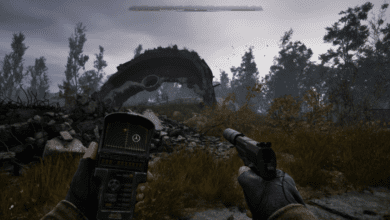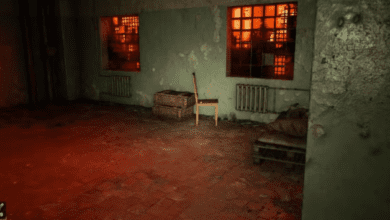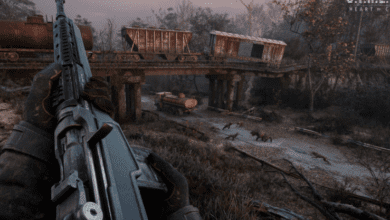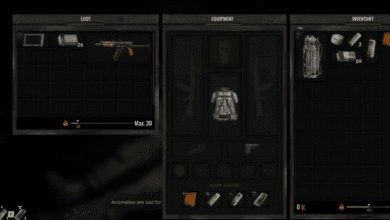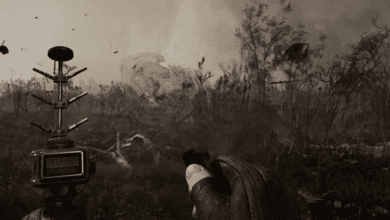Smaug’s Evolution from Page to Screen: An In-Depth Exploration of a Fantasy Icon
Dragons have always captivated the imagination, and for me, no dragon compares to Smaug. My fascination with this legendary creature began with J.R.R. Tolkien’s The Hobbit, and when I heard Smaug would grace the big screen, I couldn’t contain my excitement. After writing The Evolution of Smaug, which focused on his transformation in Tolkien’s writing process, I was eager to dive into the cinematic portrayal of this awe-inspiring dragon. With The Desolation of Smaug firmly planted in my memory after multiple viewings, I’m finally ready to dissect the anatomy of the film version of Smaug.
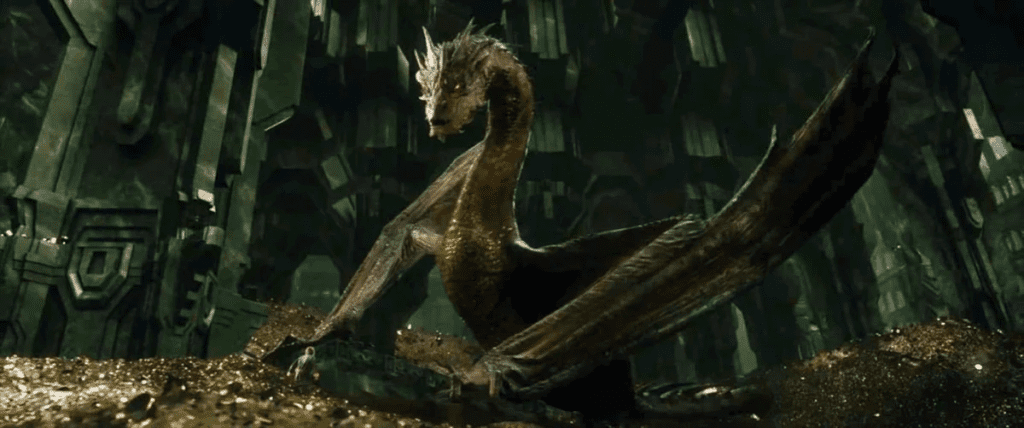
Smaug’s Skin: A Detailed Analysis
When it comes to dragons, their skin is often depicted as impenetrable, a literal Armor against any threat. In Smaug’s case, the film team nailed this perfectly. The texture of his skin varies thinner around the wings and face, and thicker on his body, as one would expect for a creature of his size.
The scales on his chest are particularly noteworthy. They’re incredibly thick, even for a reptile, giving the illusion of smoothness when viewed from a distance. This mirrors what we see in some real-world reptiles, like snakes and lizards. However, on closer inspection, Smaug’s scales resemble the rough, cone-like texture of the Bobtail Lizard (Tiliqua rugosa), an Australian skink species. The first time I saw Smaug’s close-up, I couldn’t help but think of a closed pine cone a brilliant visual comparison. Though crocodiles have similarly thick scales, their shape is quite different, adding another layer of realism to Smaug’s design.
Smaug’s throat skin, on the other hand, is loose and floppy, much like what you’d see in large reptiles like Giant Tortoises or Iguanas. For a dragon of Smaug’s size, this detail adds a sense of realism, making him feel more grounded in reality.
Eyes That Speak Volumes
Ah, the eyes of Smaug piercing, terrifying, yet mesmerizing. One thing I absolutely loved was the return of the nictitating membrane. You know, that semi-transparent inner eyelid that many animals, including birds and reptiles, use to protect their eyes. Smaug’s nictitating membrane retracts in a beautifully lifelike manner. The animation team deserves serious props for slowing its movement, accurately reflecting how animals behave after a long slumber.
However, I did notice a small issue. Given that Smaug just woke up in a dark environment, his pupils should have been fully dilated, yet they remained narrowed throughout most scenes. It didn’t matter if he was in the dark or gazing into the fiery depths his pupils hardly changed size. While a minor issue, I couldn’t help but think the filmmakers missed an opportunity here.
That said, the moment Smaug gets aroused or emotional, his pupils do widen. It’s fascinating to see how even dragons share this universal trait of pupil dilation during emotional highs whether it’s fear, anger, or excitement. It adds a subtle touch of humanity to this otherwise monstrous creature.
Those Deadly Teeth
Moving on to Smaug’s teeth, I can tell the animators took inspiration from crocodiles and Komodo dragons both notorious carnivores. Unlike the complex teeth of mammals, reptiles generally have simpler teeth, mostly conical in shape, and Smaug’s are no exception. They’re long, sharp, and designed to tear into flesh, making them the perfect tool for a carnivorous dragon of his stature.
If you pay close attention, you’ll see that his teeth bear a striking resemblance to those found in the Komodo dragon skull elongated, razor-sharp, and utterly terrifying. I haven’t been able to count all his teeth yet, but I’m sure once the Blu-ray version is out, stills will help in dissecting every detail.
A Tyrant’s Head
Smaug’s head immediately evokes comparisons to the mighty Tyrannosaurus rex. The proportions, the menacing snout, and the overall structure give off a prehistoric vibe. But upon closer inspection, there are significant differences. For one, Smaug’s head is longer and narrower, and his nostrils sit further back than a T. rex’s would. His teeth, though sharp, are shorter than those of the T. rex.
There’s also a subtle crocodilian influence here especially with Smaug’s long snout and sharp teeth. But let’s not forget, this is a dragon. He’s not bound by the constraints of real-world biology, allowing the designers to blend influences from multiple creatures to create something uniquely terrifying.
One aspect of Smaug that is incredibly fascinating is his ability to exhibit facial expressions. Unlike most reptiles, known for their stoic, emotionless faces, Smaug is capable of displaying a wide range of emotions, from greed to anger and surprise. This anthropomorphism works brilliantly in the film, highlighting Smaug’s status as a fantasy creature rather than a mere overgrown reptile.
Number of Limbs: A Dragon Debate
In my previous essay on The Hobbit’s biology, I predicted that Smaug would have six limbs four legs and two wings. Well, after watching The Desolation of Smaug, it became clear that I was both right and wrong. Smaug has only four limbs, with his wings doubling as his front legs. But here’s where it gets interesting: in the theatrical version of An Unexpected Journey, his walk clearly mimicked that of a quadruped. But in the Extended Edition, his front legs morphed into wings, proving that the animators had been experimenting with different concepts throughout the films.
It’s a minor retcon that makes Smaug all the more intriguing.
Front and Hind Limbs: Claws of Power
Smaug’s hind limbs are particularly fascinating. They resemble typical reptilian feet, complete with five toes and claws. But here’s the kicker he has an opposable thumb! While this is rare in reptiles (except perhaps in some chameleons), it opens up a world of possibilities. Could Smaug use his hind legs to grab prey mid-flight? Could he climb with them? We may never know, but it’s a delightful detail to speculate on.
His front limbs, or more accurately, his wings, deserve special attention. The animators drew inspiration from three different types of real-world wings: birds, bats, and pterodactyls. Smaug’s wings aren’t connected to his body or hind legs like a bird’s, yet they spread across multiple elongated fingers, much like those of a bat or pterodactyl. It’s a clever amalgamation of flight adaptations seen in nature but combined into a creature that never existed.
Flight: A Fantastical Feat
Speaking of flight, it’s clear that Smaug’s flying abilities are nothing short of fantasy magic. In the real world, the largest flying creature was a pterodactyl from the genus Quetzalcoatlus, with a wingspan of around 12 meters. Smaug’s size and wingspan far exceed this, making flight biologically impossible. But hey, he’s a dragon!
In the film, we see Smaug exhibit a mixture of rapid flapping and graceful gliding both realistic for large birds and pterosaurs. However, for a creature of his size, taking off and landing would have been incredibly awkward, if not impossible, in reality. But in Middle-earth? He soars effortlessly, blending real-world physics with fantasy in a visually stunning display.
Smaug, the Perfect Fantasy Dragon
Smaug is a masterpiece of both fantasy and cinematic craftsmanship. From his scaly, textured skin to his emotion-filled eyes and his near-impossible flight, every detail of Smaug has been meticulously thought out. While there are moments where realism bends to the rules of fantasy, that’s precisely the point. Smaug is, after all, a dragon a creature that exists purely in the realm of myth and legend.
What makes Smaug so fascinating is the perfect balance between realism and fantasy. His anatomy might borrow from real-world creatures, but he remains a beast of legend, capable of things no animal ever could. And that’s exactly how it should be. Smaug’s cinematic portrayal is nothing short of legendary, a true tribute to Tolkien’s original creation.
